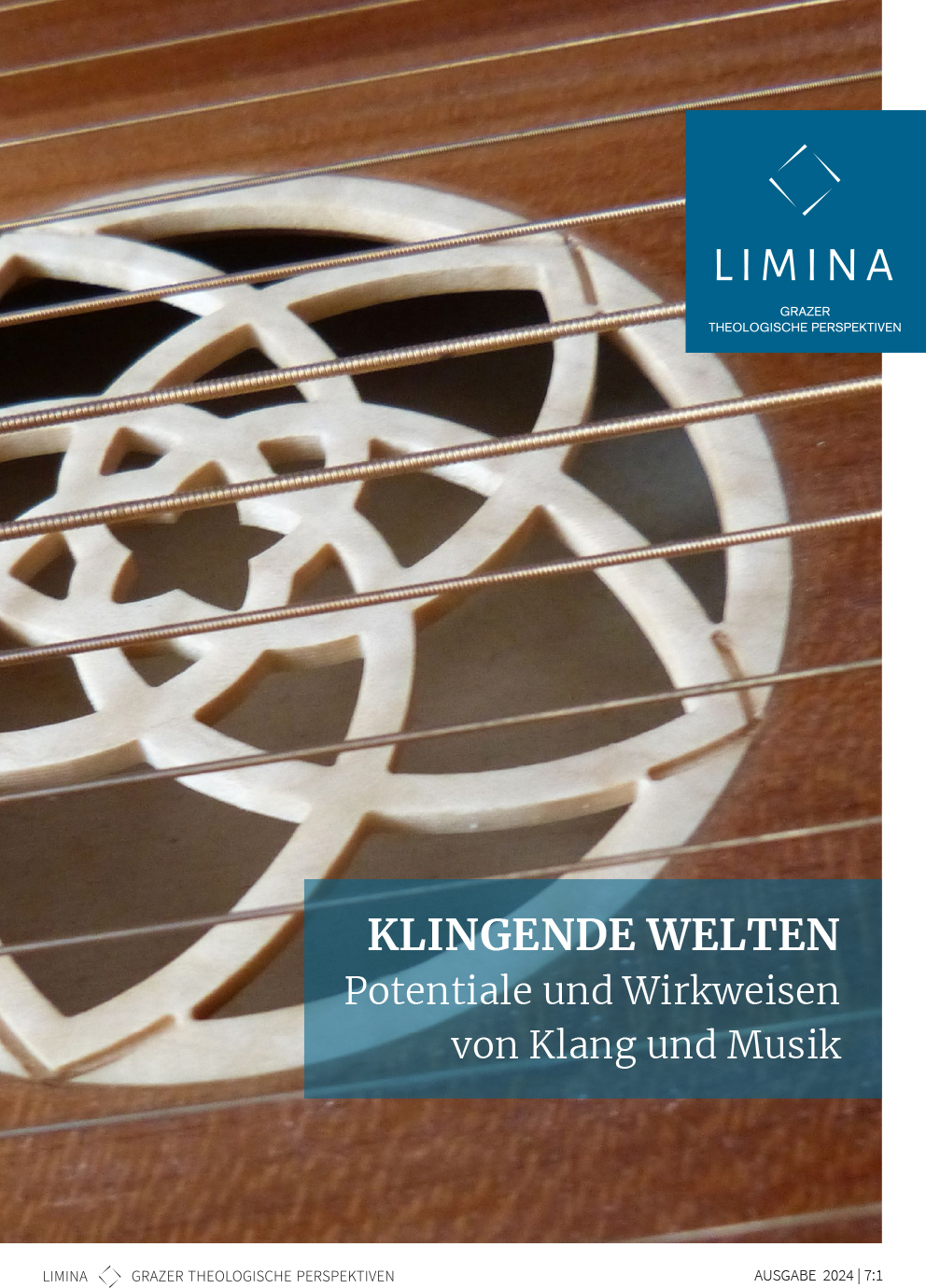Hans Bemmann's "The Stone and the Flute" The magic of sound as a topos of contemporary nature spirituality
Main Article Content
Abstract
In Hans Bemmann’s The Stone and the Flute (1983), music is the key to rising to the challenges of life and finding meaning. Unlike any other German fantasy novel post 1950, it explores the power of sound and music, and how they are interwoven with nature. The story tells the life of Lauscher, who receives a “stone” and a “flute” – gifts that slowly guide him towards a deeper connection with nature and sound, and with himself. The protagonist’s name “Lauscher” (lit. “Listener”) reveals itself to be an instruction to pay close attention to the most silent of sounds and relate through listening. Bemmann takes inspiration from Romantic music aesthetics and nature philosophy and describes music and nature as a medium for religious experience. He also invokes the Greek deity Pan (who initially takes a more Dionysian shape within Lauscher) and interprets music as the prime principle and a cosmic phenomenon. This article reflects on the intertwined relationship between sound and nature, highlighting the Romantic dimension of Bemmann’s understanding of music as well as its leanings towards nature spirituality. Finally, I explore whether the novel can be understood as “religious” literature and whether it can help readers find meaning and identity.
Article Details

This work is licensed under a Creative Commons Attribution 4.0 International License.
The author(s) retain copyright without any restriction.
LIMINA provides immediately upon publication open access to its content. The content of this journal is licensed under the Creative Commons Attribution 4.0 International Licence. By submitting a contribution, the author(s) agree(s) to the terms of use of the CC BY licence.

